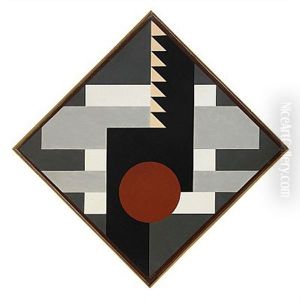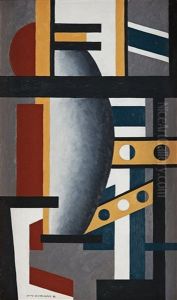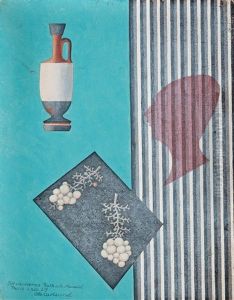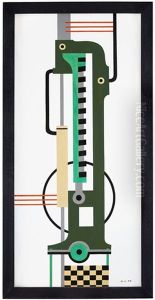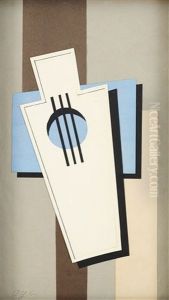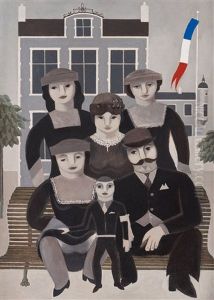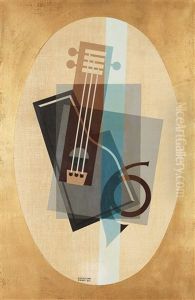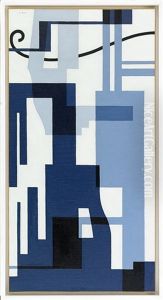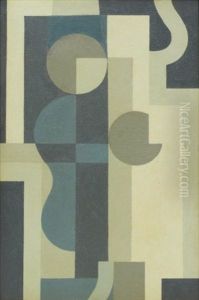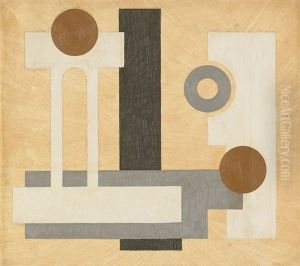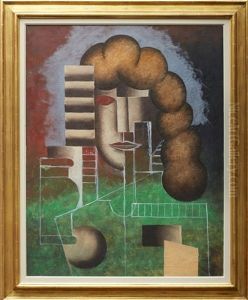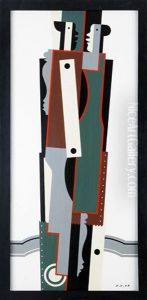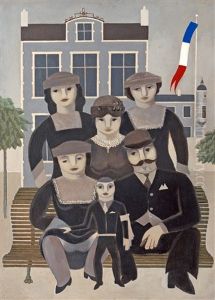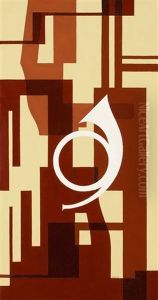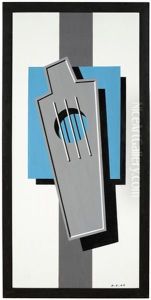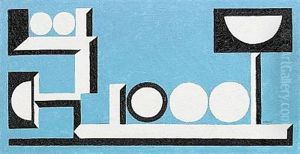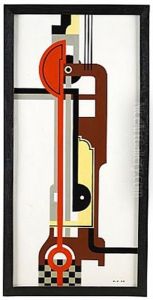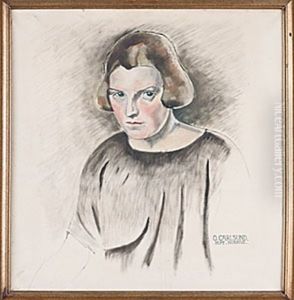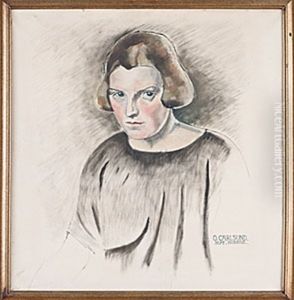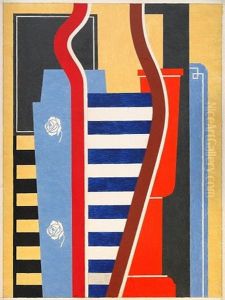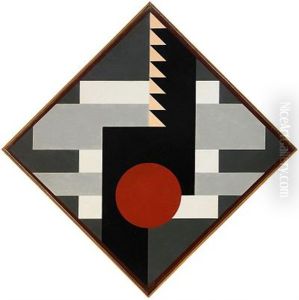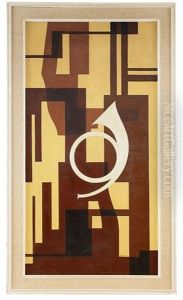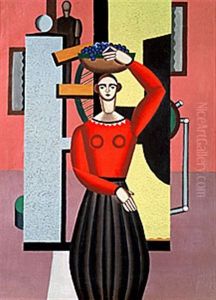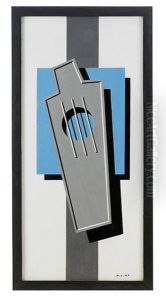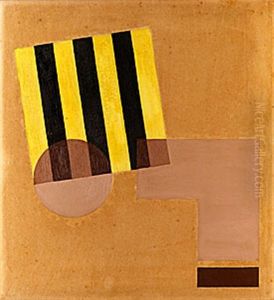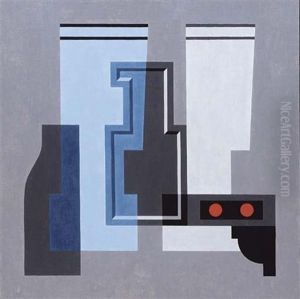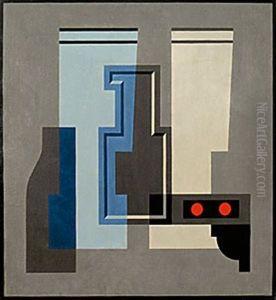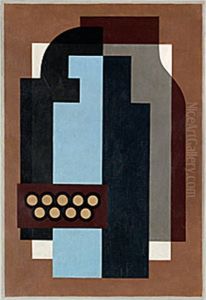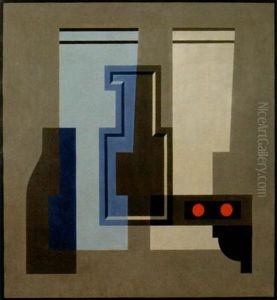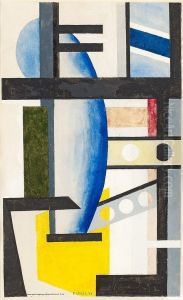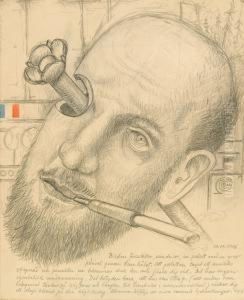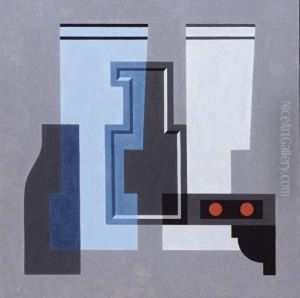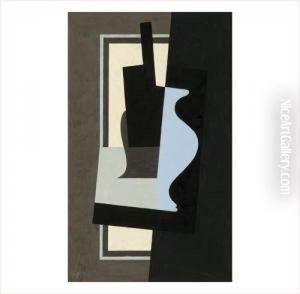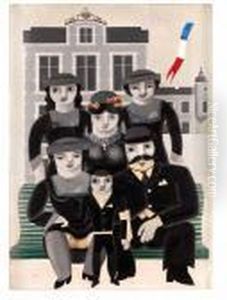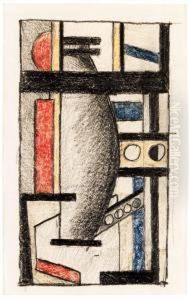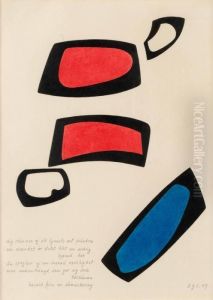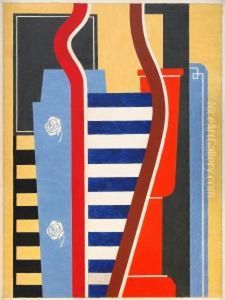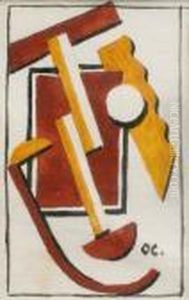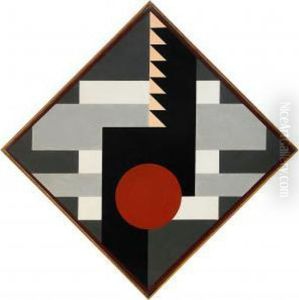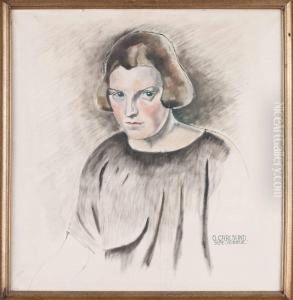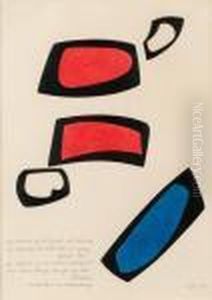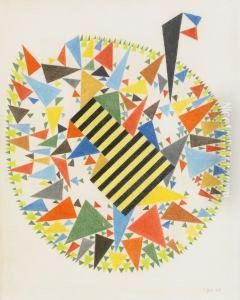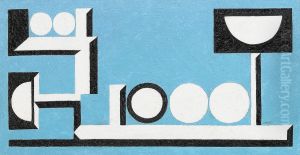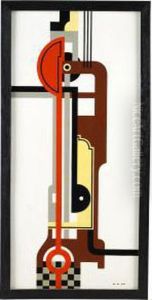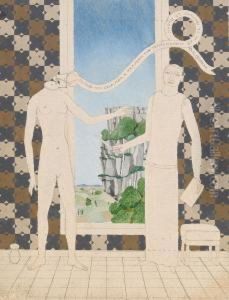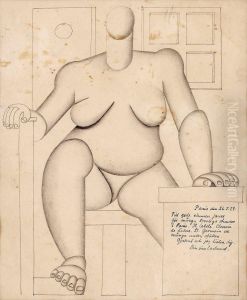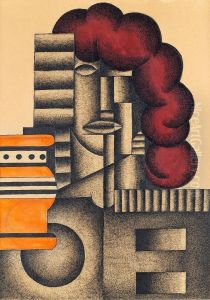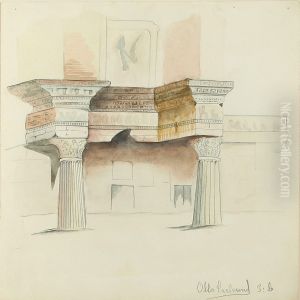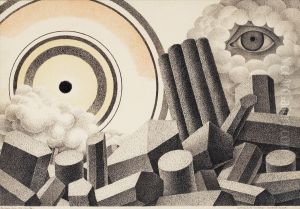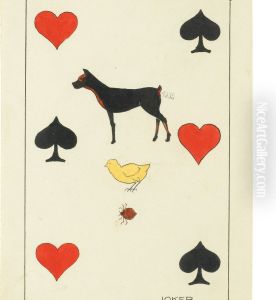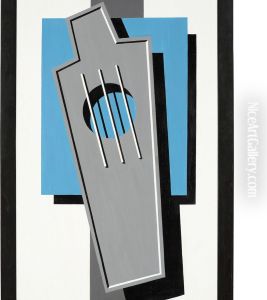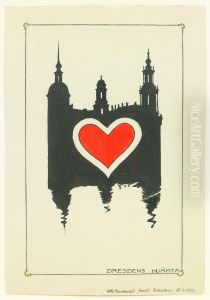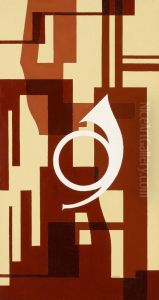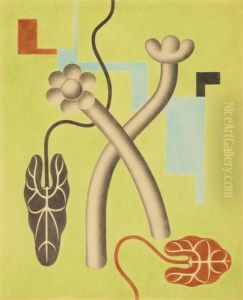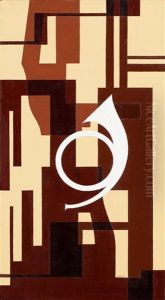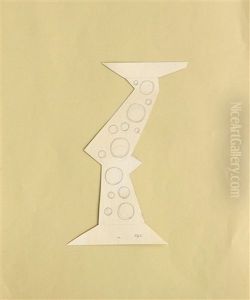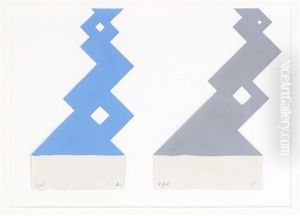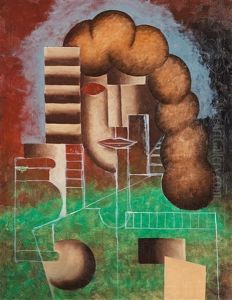Otto Gustaf Carlsund Paintings
Otto Gustaf Carlsund was a Swedish painter and art theorist who played a significant role in the European abstract art movement during the early 20th century. Born on March 11, 1897, in Stockholm, Sweden, Carlsund was instrumental in introducing modernist ideas to the Scandinavian art scene.
Carlsund's early works were influenced by Cubism and Futurism, but as his career progressed, he delved deeper into pure abstraction. In the 1920s, Carlsund spent time in Paris, which was then the epicenter of the avant-garde art world. There, he came into contact with many leading artists and became particularly interested in the work of Fernand Léger and Amédée Ozenfant.
As a theorist, Carlsund was a proponent of Constructivism and was involved with the international artist group Cercle et Carré (Circle and Square), which he co-founded with Joaquín Torres-García and Michel Seuphor in 1929. The group was dedicated to the promotion of non-representational art and included members from various European countries.
In 1930, he organized an influential exhibition of abstract art in Stockholm, introducing the Swedish public to the latest developments in European modernism. His commitment to the avant-garde also led him to collaborate on the publication 'Plans for the Future' with other leading artists like Léger and Le Corbusier.
Carlsund's work in the 1930s moved towards a stricter geometric abstraction, and he continued to explore this direction until his untimely death on January 4, 1948. Despite his relatively short life, his contributions to the field of abstract art and his efforts to bridge the Nordic art scene with the broader currents of European modernism were profound. Carlsund's legacy is evident in the way he helped to lay the groundwork for the acceptance and integration of modern abstract art in Sweden and beyond.
